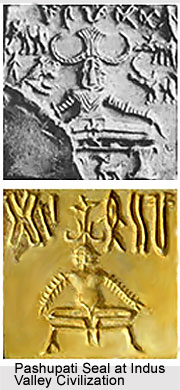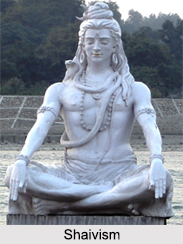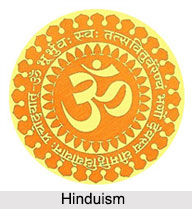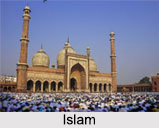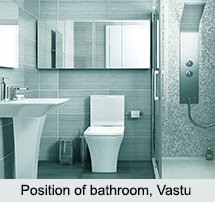 Bathrooms are an essential element of any household. The position of toilet in a residence is vital for the wealth and health of the residents. According to Vastu, wrong position of the bathroom can lead to several problems like health problems, financial and personal problems. The location and arrangement of the toilet, including showers and bathtubs, wash basin, commode and other equipments, should be according to the norms laid down by the Vastu experts.
Bathrooms are an essential element of any household. The position of toilet in a residence is vital for the wealth and health of the residents. According to Vastu, wrong position of the bathroom can lead to several problems like health problems, financial and personal problems. The location and arrangement of the toilet, including showers and bathtubs, wash basin, commode and other equipments, should be according to the norms laid down by the Vastu experts.
The toilets should be constructed in the North-West or West in the building, and should not be in the centre, the north-east, the south-east and the south-west corners. In case of an attached bathroom, it is advised to situate it in the North-West part of the room.
The toilets should be built in the west direction of the building or the north-west side or the north or the south directions. As an alternate, the bathroom can also be placed in the South-East of the house. The septic tank, however, should not be in the south. The pits of the outlet in the south should not be very deep.
The Commode in the toilet should be in the west, the south or the north-west side. The commode should be placed so that the occupant should face the South or North. The shower, Wash Basin and Bathtubs should be on the North, North-East or East. It is suggested that mirrors may be placed on the East and North part.
The toilet should be one or two feet higher than the ground level.
The door of the toilet should be built in the east or the north direction if possible.
Electrical appliances like Geyser, water heaters, and electrical boards may be mounted in south-east part of toilet. The water storage or the taps in the toilet should be in the east, the north or the north-east corner. They should not be in any other directions.
The slope of the flooring of the toilet and the outlet should be in the east or the north. The usage of marble tiles in the toilets should be avoided.
The colour of the walls can be according to individual`s choice. But it is suggested to have light colour shades and avoid colours like black and red.
In the toilet, there should be a small window, in the east, the west or the north, directions, but personal privacy should also be taken into consideration.
